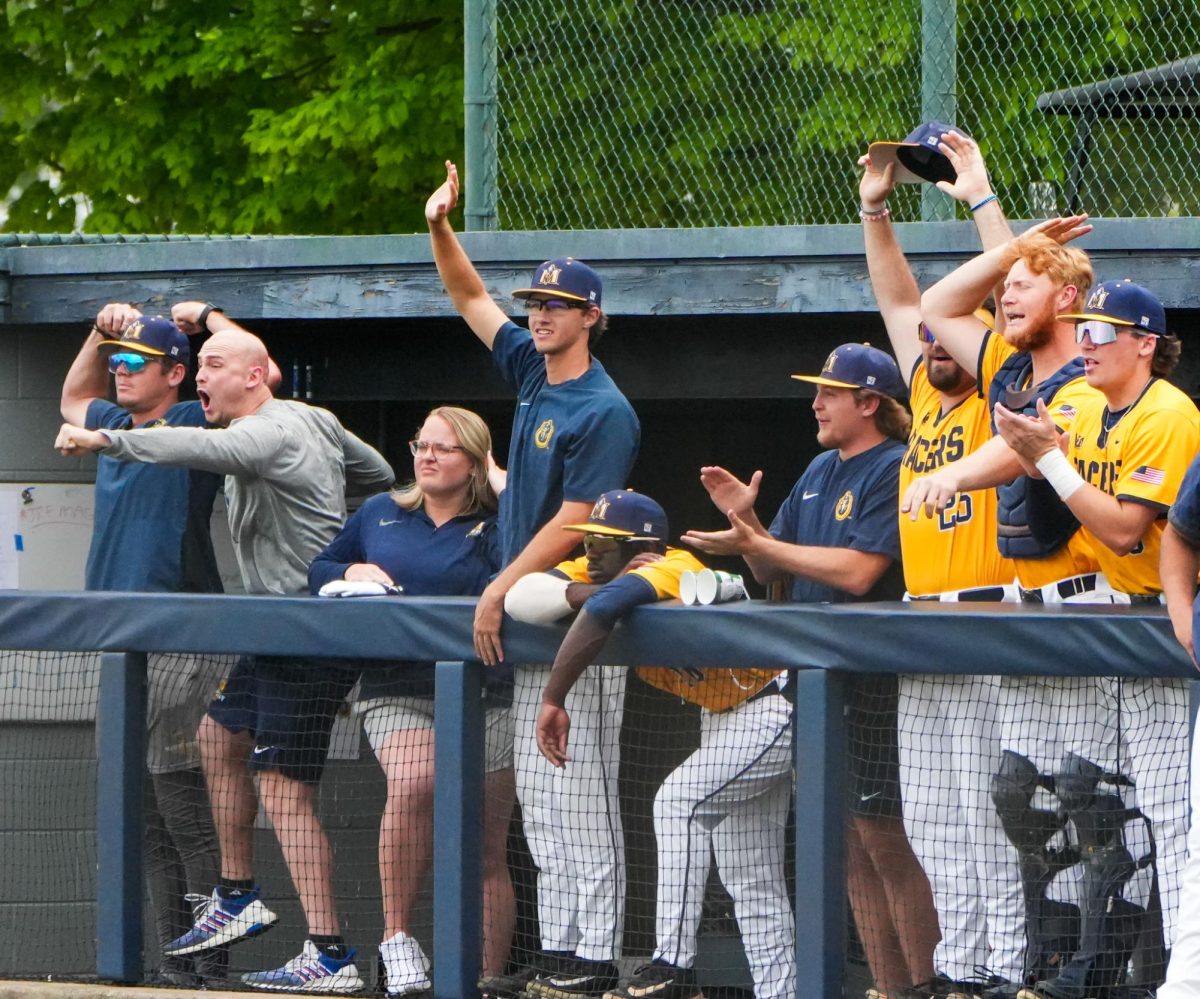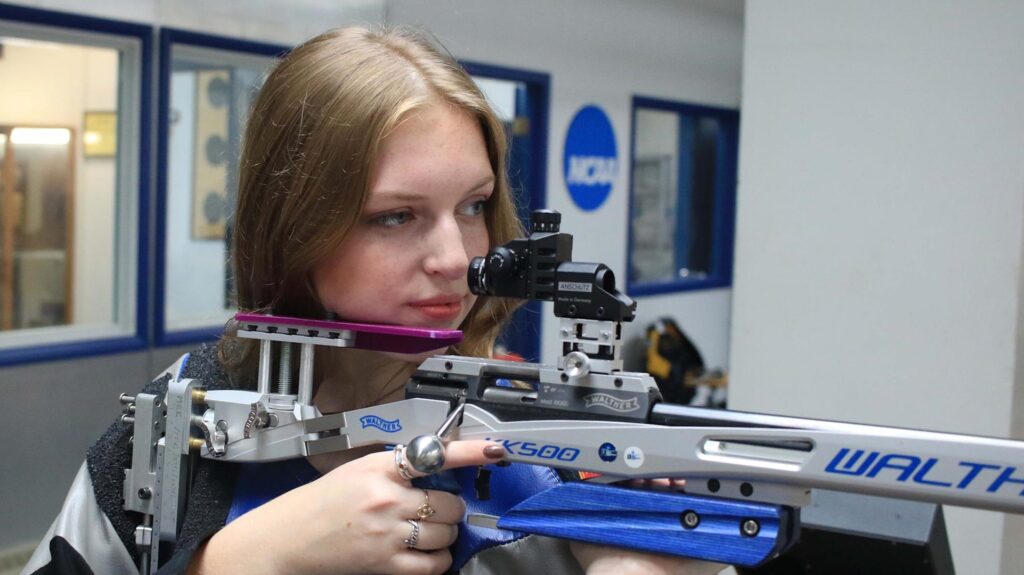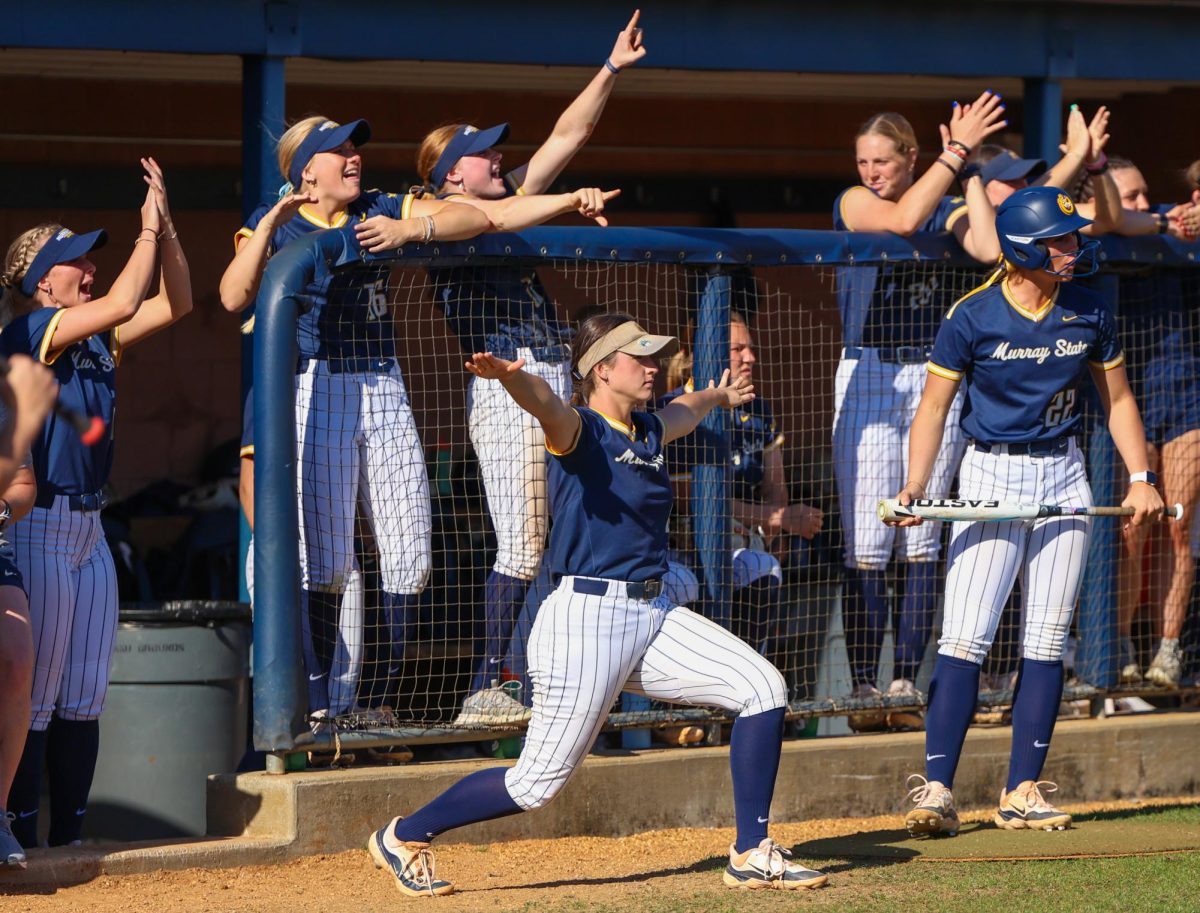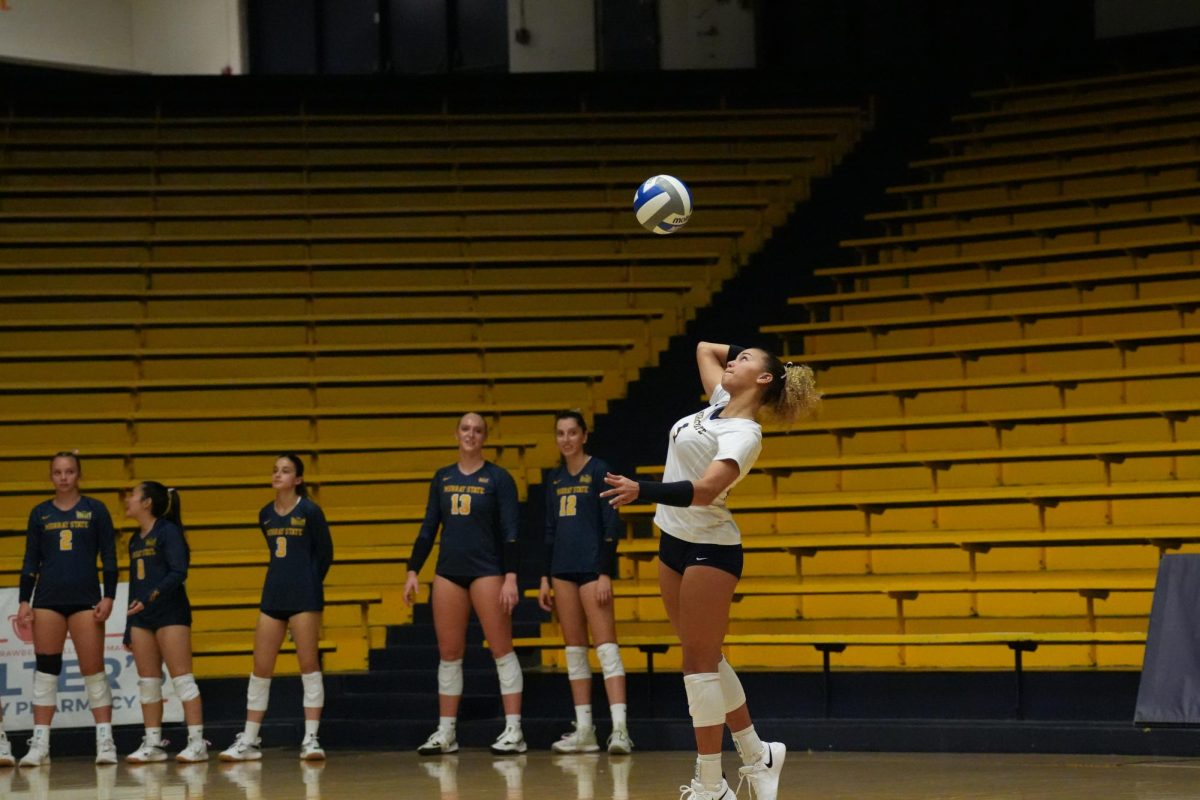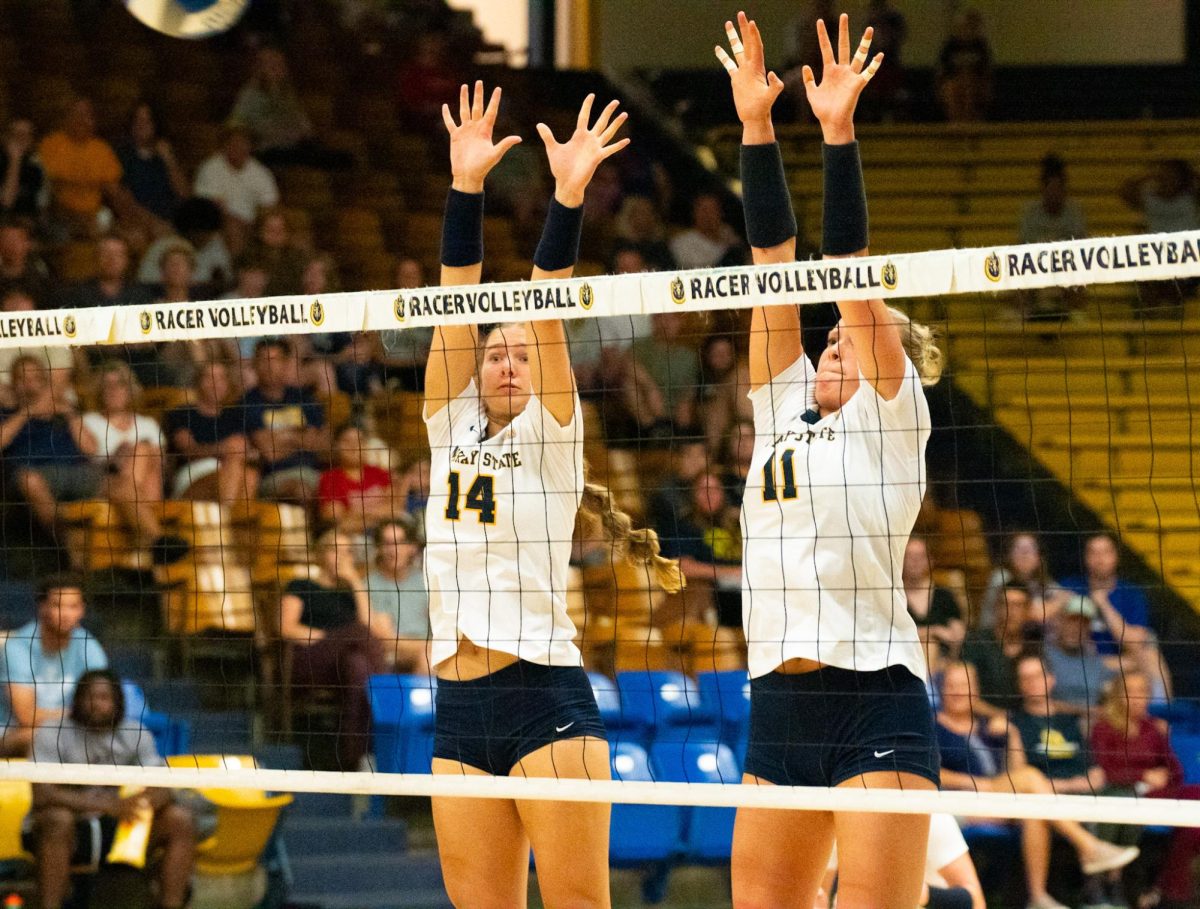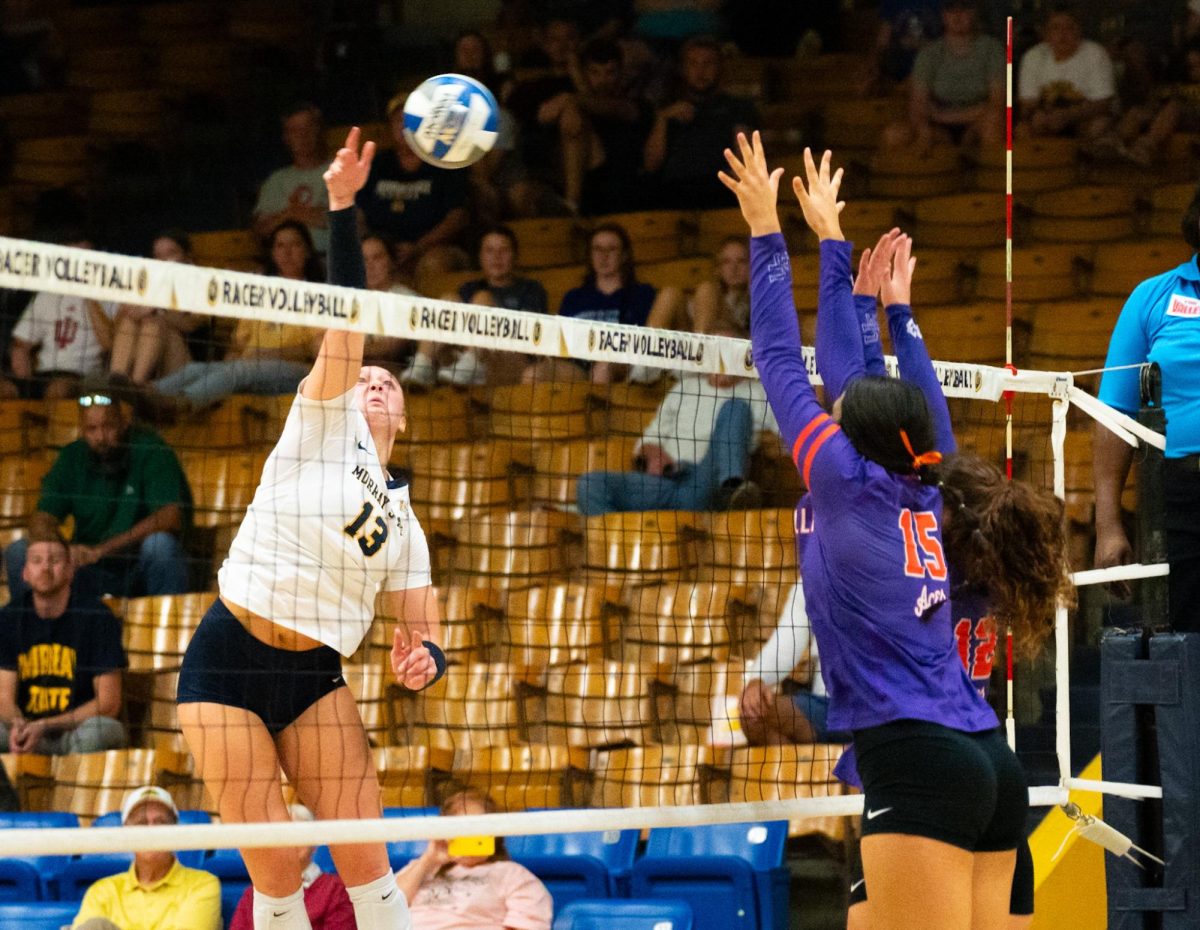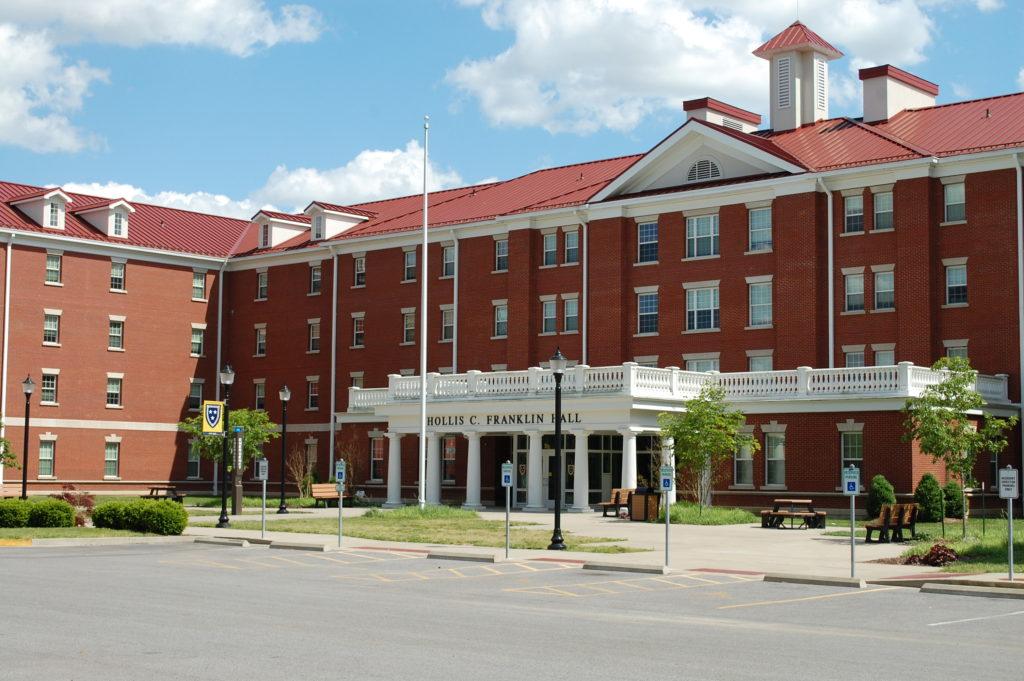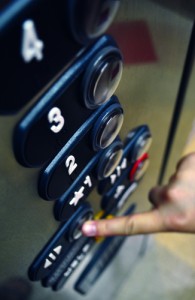
Meghann Anderson
Staff writer
When elevators go down in buildings on campus, students and faculty have no choice but to take the stairs.
David Wilson, director of Housing and Residential Life, said whenever an elevator stalls in the residence halls, his office calls Facilities Management.
Facilities Management is responsible for maintenance and repair of the elevators and Housing is responsible for turning in the issues.
“The problem is that broken elevators are a problem for residents, especially if they live on one of the upper floors in the building where the elevator is down,” Wilson said. “All we can do to repair the problem is to notify Facilities Management.”
From August 2010 to February 2011, there were 46 elevator calls reported by Public Safety, which include people stuck in the elevators and other problems with them not functioning correctly. This school year, 37 reports have been made. Regents College has had the most breakdowns, totaling five from August to February. Hester College had the second most with four.
All of the residential colleges have elevators except for Springer, Franklin and Old Richmond. The colleges that do have elevators have them wired separately, so if one goes out, the other is still accessible.
Mike Dunnavant, director for building and equipment maintenance, said Facilities Management does have a preventive maintenance program in place for the elevators and lifts on campus which is designed to reduce maintenance calls and increase operational efficiency.
Kim Oatman, chief facilities management officer, said the plan has helped contribute to the reduced number of stuck elevators.
“In very general terms, preventative maintenance entails having computer software generate work orders for routine maintenance to be done as a preventative measure rather than a reactive measure,” Oatman said. “This means, not waiting until something breaks down to work on it.”
The University has more than 60 elevators, all of which are on different preventative maintenance schedules.
“Dunnavant has done a great job of improving the efficiency and effectiveness of our maintenance operations,” Oatman said. “I feel these are the two primary reasons that we are seeing a reduced number of ‘stuck on elevator’ calls to Public Safety.”
Don Robertson, vice president of Student Affairs, said there was an issue with elevators breaking down, particularly in the resident halls. He said there has been a lot of preventative maintenance and focus on the elevators.
“My primary concern was in the residence halls,” Robertson said. “It’s an inconvenience factor in a high-rise building. It was a University-wide focus on upgrading, remolding and replacing necessary elements.”
He said Facilities Management implemented work order management software in November of 2010, which allows them to have a more organized approach to preventative maintenance on elevators.
“While we did not see immediate results we would expect to see improvements over time,” Oatman said.
Courtney Fares, sophomore from Owensboro, Ky., said she has been stuck on an elevator in Regents on more than one occasion.
“The first time I was stuck was on the first day of class freshman year,” Fares said. “I don’t like small spaces and there were about four or five other people on the elevator with me. In my head I was thinking about how I was going to be late to my first day of college classes.”
Josh Jones, residential director for Hester College, said one elevator was down in the college for almost a week, causing a headache for students on upper floors.
“It was down for a few days for safety reasons and a precaution,” Jones said. “At the time period people were upset.”
Dalton Hazelett, Regents College desk supervisor, said whenever the elevators break down the residents get irritated.
“The girls in particular are mad because they live on the higher floors and some of them will have to walk up 10 flights of stairs whenever the elevators are down,” Hazelett said. “If just one elevator is down, then everyone tries to squeeze on to it at once and that never ends well.”
Contact Anderson at [email protected].

















